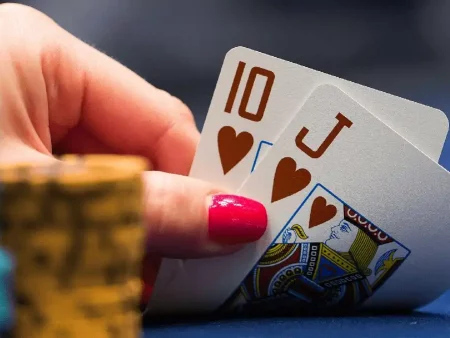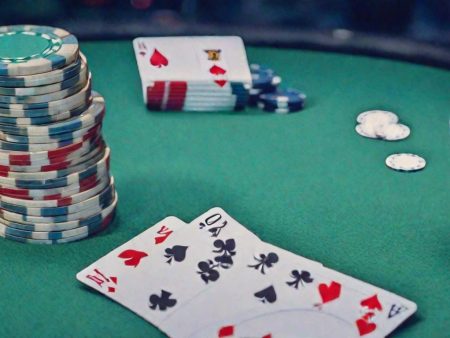Rakeback is a vital strategic tool in the poker world, designed to enhance game efficiency and provide additional financial benefits to players. The essence of rakeback lies in the concept of returning a percentage of the rake paid by players in the poker room. This mechanism is actively utilized by seasoned players to transform these returns into tangible winnings at the tables.
The fundamental principle of rakeback in leading online casinos is straightforward: poker rooms generate revenue by charging a commission, or rake, on each hand played. While this fee is typically small—averaging 5% in cash games and 10% in tournaments—it can accumulate significantly over time. Rakeback helps alleviate some of this financial pressure, allowing players to reclaim part of their expenses and reduce losses.
This mutually beneficial arrangement incentivizes players to choose poker rooms offering rakeback programs. For the poker room, it fosters customer loyalty, while players gain additional financial resources to enhance their gameplay. Moreover, rakeback serves as a financial cushion during challenging periods, such as prolonged losing streaks, helping players maintain their bankroll stability.
Payout Options
Poker rooms and their affiliate partners provide players with the opportunity to recover a portion of the rake they’ve paid. This money-back system, akin to deposit bonuses, is a key component of profitability strategies in poker. To maximize rakeback, players should seek favorable deals, combining rake races, promotions, and VIP bonuses to achieve returns of up to 70% of their total bets.
There are two main rakeback payment systems currently in use:
- Gross Rake (MGR): Refunds are calculated based on the total rake paid over a specific period, usually a month.
- Net Rake: Refunds consider only the rake amount, excluding bonuses, which can be advantageous for certain players.
For example, under the Net Rake system, if a player generates $1,000 in rake in a month and receives $300 in bonuses, the rakeback will be calculated on $700 (1,000 – 300 = 700 x 0.2 = $140). In contrast, the Gross Rake system would calculate rakeback on the full $1,000 (1,000 x 0.2 = $200). Consequently, a 20% Net Rake translates to only 14% in practice.
Read also: What is multipot in poker.
Examples of Rakeback Systems
- GGPoker: This platform integrates rakeback with its Fish Buffet loyalty program. Players’ rankings within the system, determined by their PVI (Player Value Index), directly impact their rakeback percentage. Typically, beginners can expect around a 15% return.
- 888poker: The 888poker Club allows players to increase their rakeback by participating in casino games and earning “gold chips” for achievements. These tokens can be exchanged for prizes or cash.
- PokerDom: This poker room offers a unique Time Machine algorithm with eight rakeback models. Advancing to higher levels increases returns through both standard and bonus payouts.
Calculation Models
The mechanism used to calculate rake significantly influences the size of the rakeback and, subsequently, a player’s overall income. Let’s explore various models:
- Dealt (Even Distribution): Rake is evenly split among all players dealt into the hand. While simple, this model is rarely used due to its lack of fairness.
- Simple Contributed: Only players who contribute to the pot share the rake equally. This model, though improved, is still controversial.
- Weight Contributed: Rake is distributed proportionally based on each player’s contribution to the pot, making it the most common system.
- Actual Rake: Only the hand’s winner pays the rake and receives the associated rakeback.
- Source-Based Rake (SBR): Players using deposited funds pay more rake, leading to smaller returns.
- Total Value Rake (TVR): Losing players pay a higher commission but receive larger returns, with calculations based on hand history analysis.
A Source of Additional Income
For some players, rakeback becomes a primary source of income, turning poker into a professional pursuit. For instance, playing over 2,000 SNG tournaments at $10 + $1 monthly can yield around $1,000 in rakeback alone. For newcomers and experienced players alike, rakeback is an invaluable bonus that enhances overall profitability.
Read also: What is cutoff in poker.
At lower stakes, such as receiving $15 for $81 in rake, the impact may seem minor. However, at higher limits like NL20-NL25 and above, rakeback significantly offsets rake costs and bolsters financial well-being. Combining generous poker room cashback with profitable affiliate deals can result in returns of up to 60-70%. Such benefits enable skilled players with strategic approaches to overcome expenses and achieve substantial capital growth over time. If you’re searching for an online casino with a minimum deposit of $1, follow the link. Explore more insights about the gambling industry in our blog. Want to improve your skills? Check out the blog on poker and casino tactics – play smarter and win more!
FAQ: What is rakeback in poker
What is rakeback in poker?
Rakeback is a system where a poker room returns a portion of the rake—fees collected from each pot or tournament entry—to players. It’s a reward mechanism that encourages loyalty and offsets some of the costs of playing poker.
How does rakeback work?
Players accumulate rakeback based on the amount of rake they contribute. For example, if a room offers 30% rakeback and you generate $100 in rake, you’ll receive $30 back. The funds are typically credited to your account on a daily, weekly, or monthly basis.
Why is rakeback important for poker players?
Rakeback is a key factor in increasing a player’s profitability. For regular or high-volume players, it can significantly reduce the effective cost of playing, making the game more sustainable over time.
Are all poker sites offering rakeback?
Not all poker sites offer rakeback directly. Some use VIP or loyalty programs instead, where players earn rewards like tournament tickets or bonuses. It’s important to check the specific terms of a poker room’s promotions.
What is the difference between flat rakeback and tiered rakeback?
Flat rakeback offers a fixed percentage of rake returned to players, regardless of their activity level. Tiered rakeback, on the other hand, increases the percentage as players generate more rake, incentivizing high-volume play.
Can rakeback impact a player’s long-term profitability?
Yes, rakeback can have a significant impact, especially for break-even players or those with small profit margins. Over time, it adds up and can turn a marginally losing or breakeven strategy into a profitable one.
How do I choose a poker site with the best rakeback deal?
Look for sites offering competitive rakeback percentages or robust loyalty programs. Consider additional factors like game quality, player traffic, and promotions, as these also affect your overall experience and profitability.






